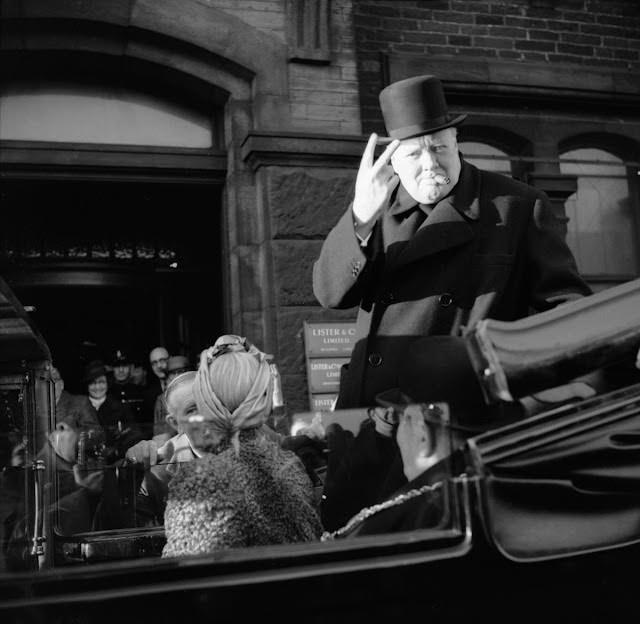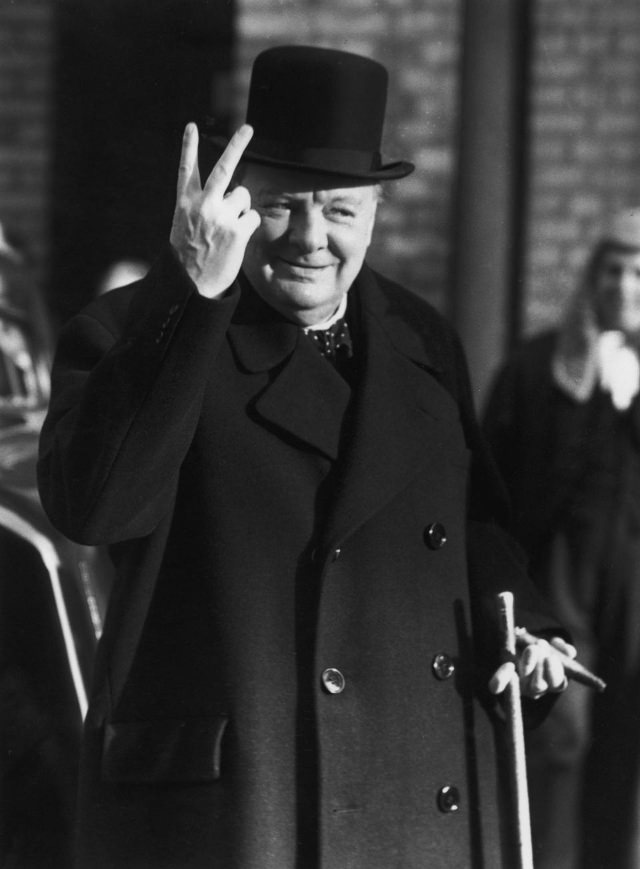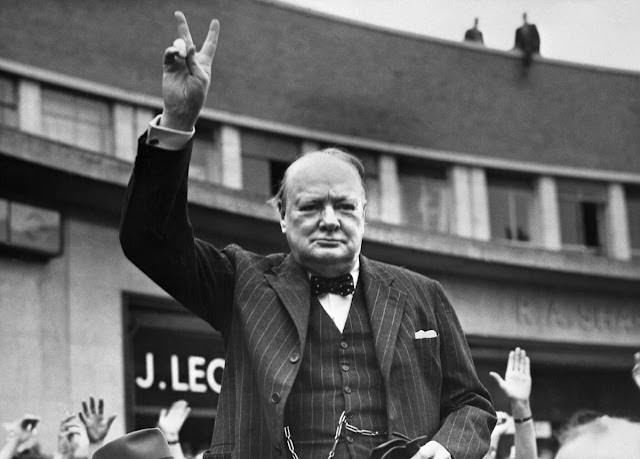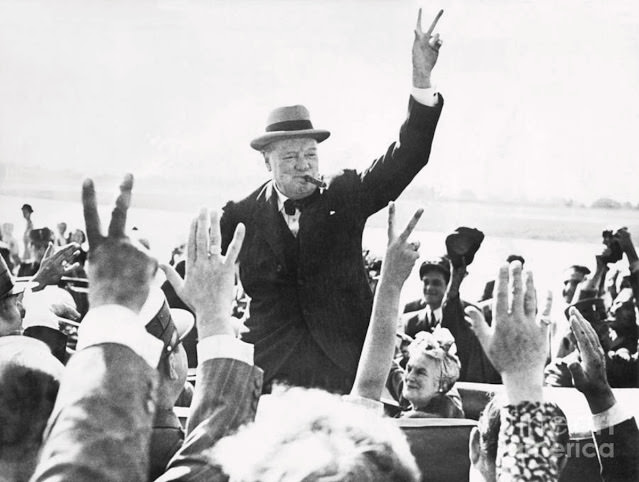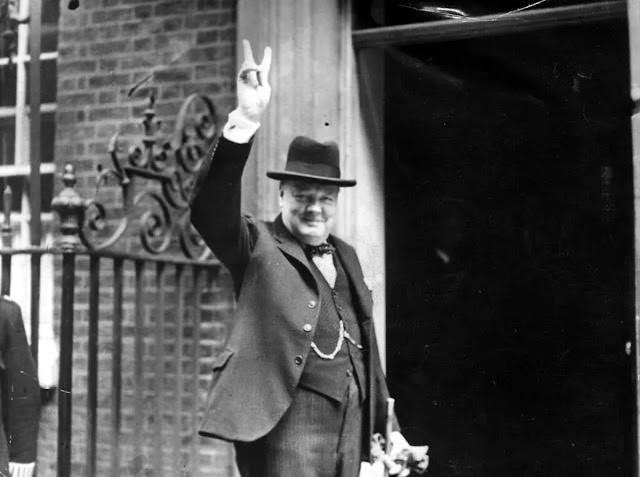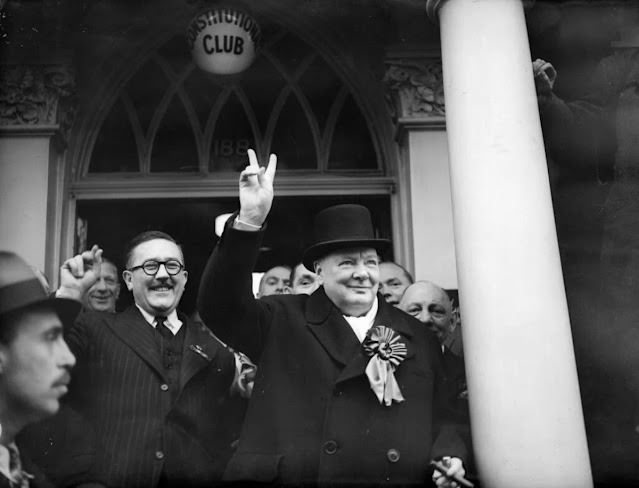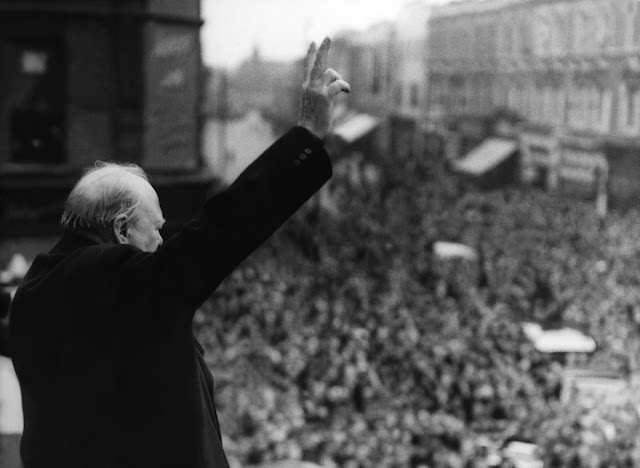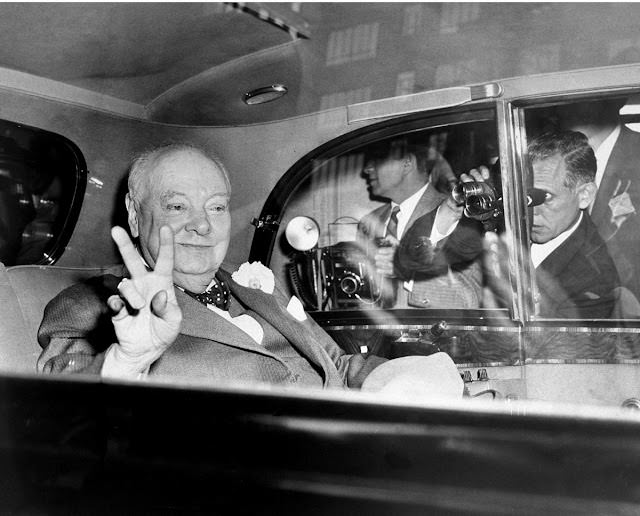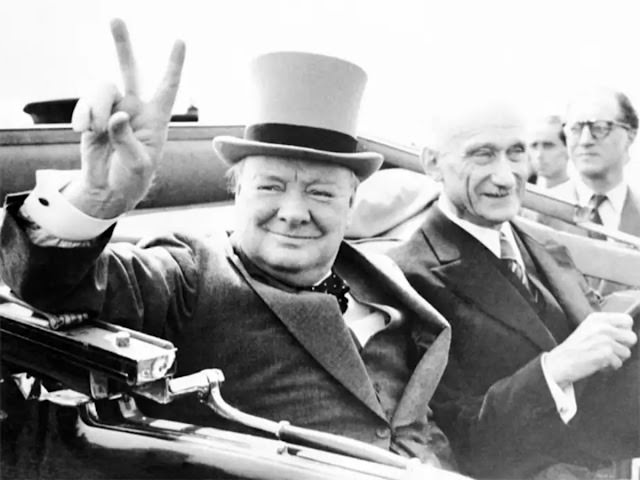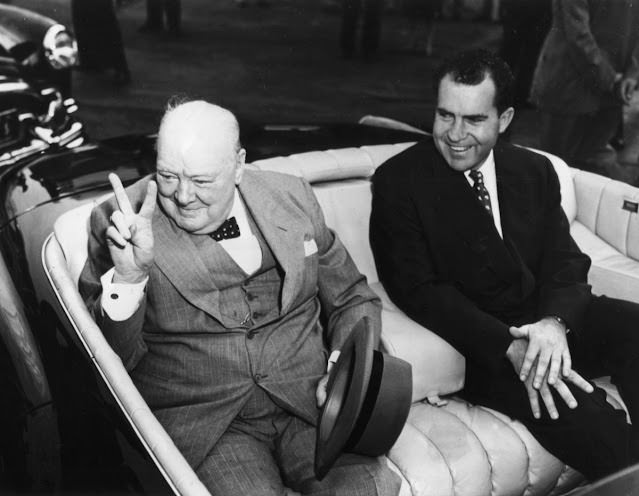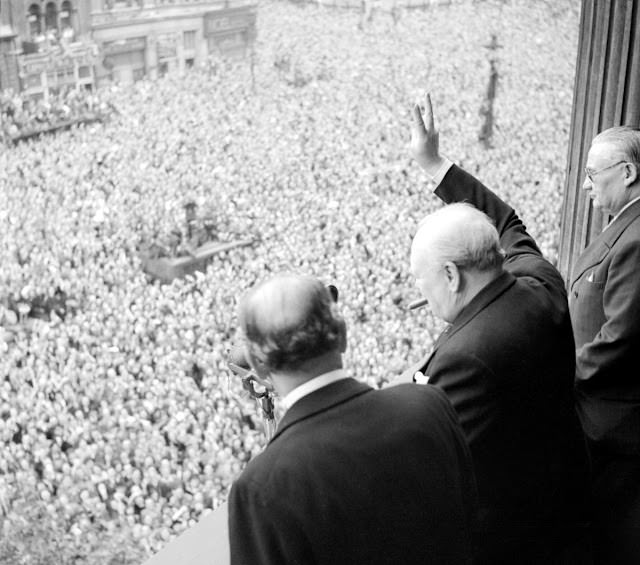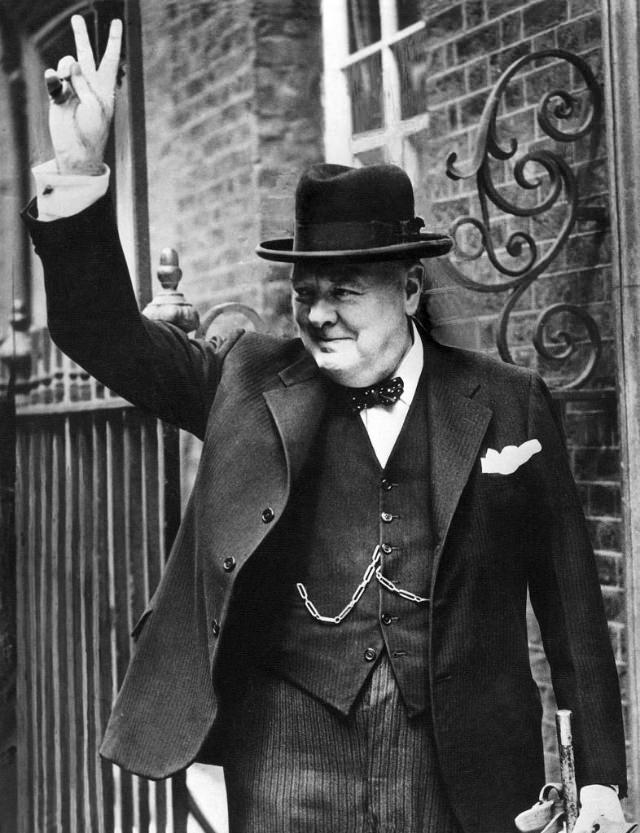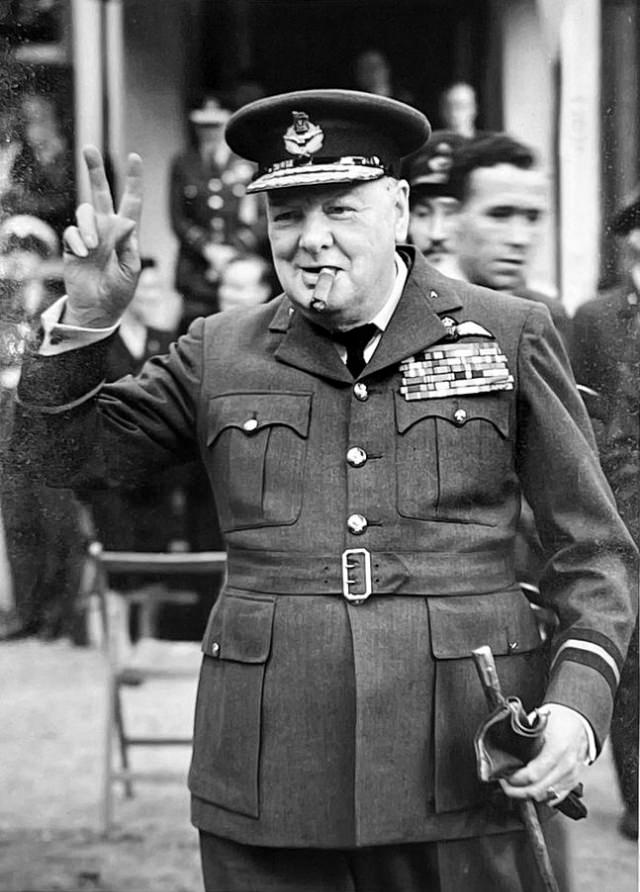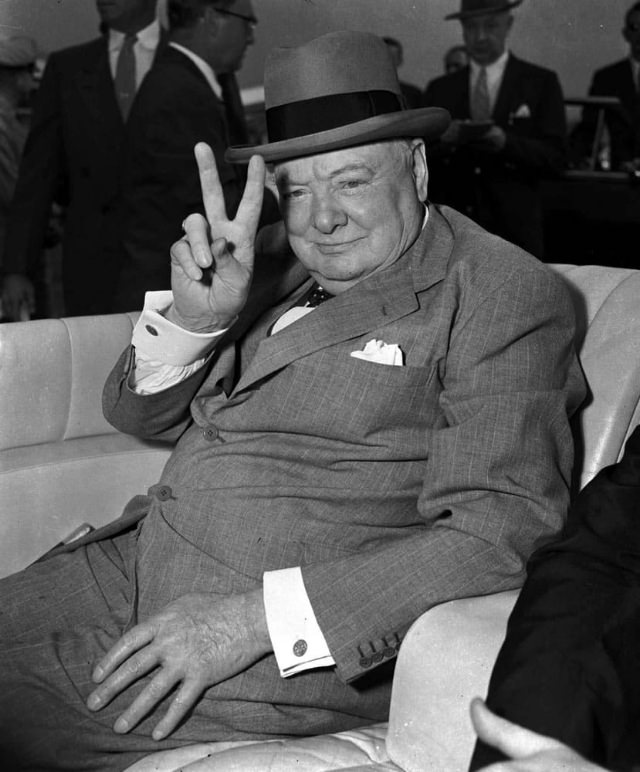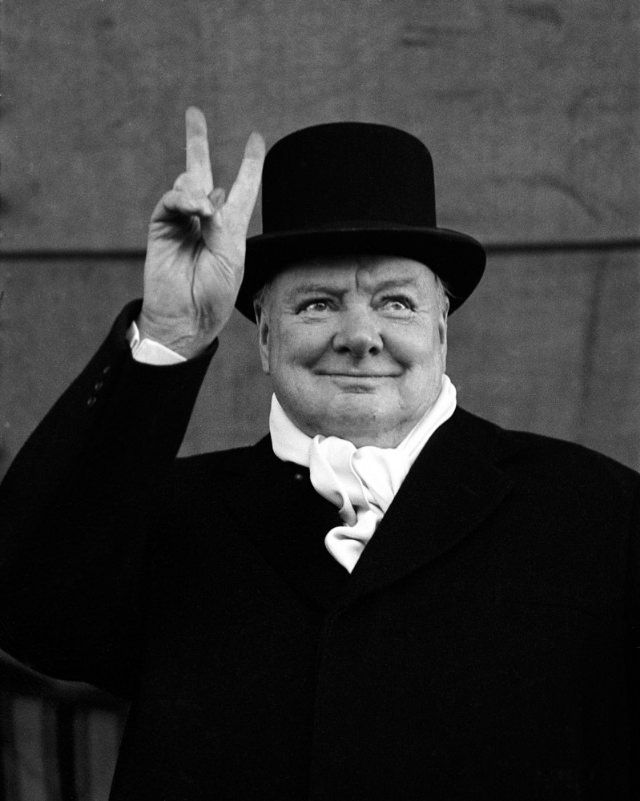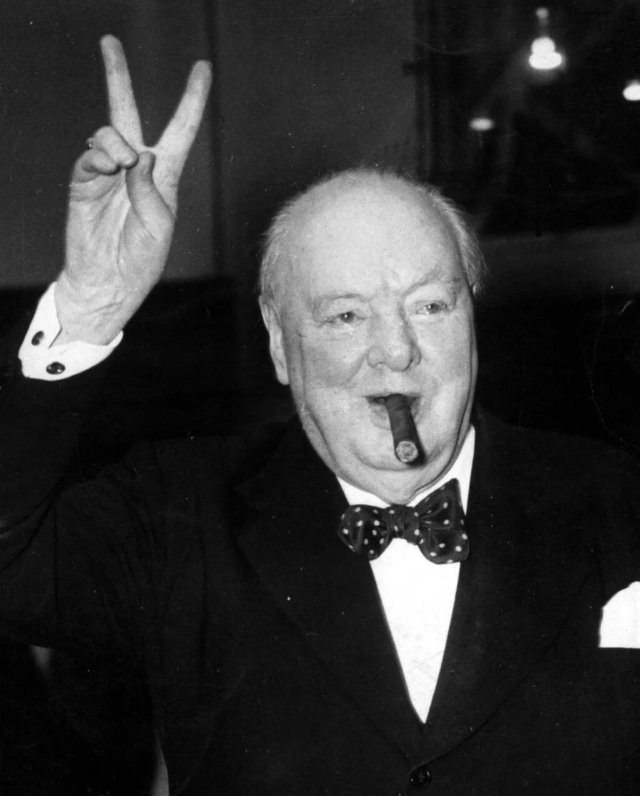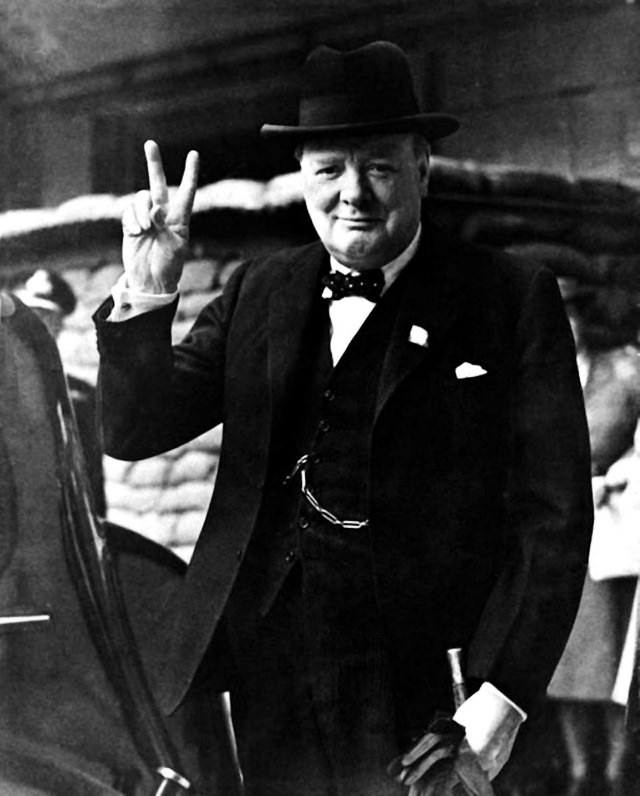World War II was a tumultuous period that tested the mettle of nations and their leaders. Among the icons of this era was Winston Churchill, the British Prime Minister, known for his resolute leadership and oratory skills. One simple yet potent gesture he popularized was the “V for Victory” sign. This sign became synonymous with resilience, unity, and hope, especially among the British population.
The “V for Victory” sign traces its origins to 1941. Churchill started using it as a morale booster for the British people and Allied forces. The gesture involves holding up the index and middle fingers in a ‘V’ shape while keeping the other fingers closed and the palm facing outwards.
Symbolic Significance
For the British and Allied forces, the sign was more than just a visual motif; it carried a profound symbolic meaning. It served as a counter-narrative to the swastika and other Axis symbols. The “V for Victory” sign rapidly gained popularity and was displayed everywhere from propaganda posters to graffiti. It not only represented victory but also stood for the values that the Allied forces were fighting for, such as freedom and justice.
Widespread Adoption
The symbol’s influence wasn’t limited to just the United Kingdom. It became an international sign of resistance against Axis powers. Civilians and soldiers alike used it, and it found its way into various forms of media, including radio broadcasts. The BBC even incorporated it into its broadcasts aimed at occupied European countries, using the opening notes of Beethoven’s Symphony No. 5, which coincidentally mimicked the Morse code for ‘V.’
Since World War II, the “V for Victory” sign has transcended its original context. It’s been adopted by various civil rights movements and protests as a universal symbol of resistance and unity. However, the power of the original gesture as popularized by Churchill remains, serving as a historical testament to the resilience of the human spirit during challenging times.


